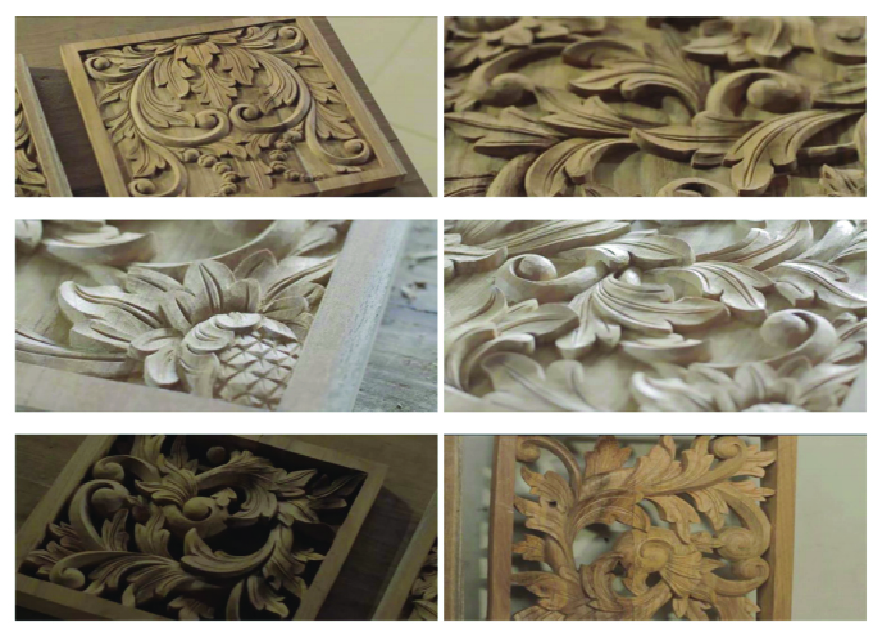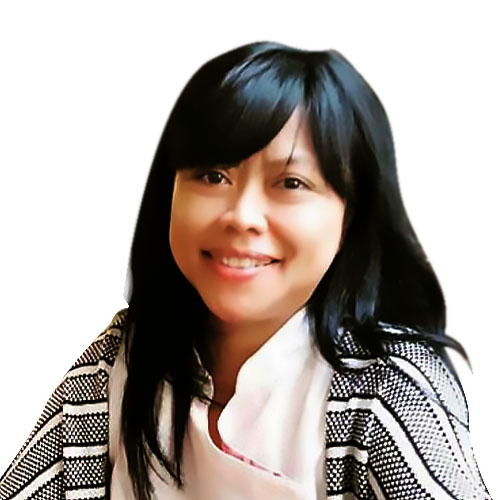
Dosen Desain Interior Binus University, Octaviana Sylvia Caroline Rombe konsisten mengangkat isu kearifan lokal budaya Indonesia yang kian tergerus tapak modernisasi. Beliau gigih menyampaikan keberadaannya kepada dunia melalui tulisan-tulisannya. Berikut adalah upaya melakukan pendokumentasian teknik dan alat ukir kayu klasik Jepara dengan mengabadikan penelitian ini ke dalam 3 buah video.
Tulisan sudah dimuat dalam Wacana Seni Journal of Arts Discourse 18: 149–163. Octaviana Sylvia Caroline Rombe. 2019.
|
Jepara, kota kecil yang cantik yang sangat produktif dengan karya artisan kelas dunia ini, selalu mendesak saya untuk terus membagi rasa kagum. Dengan keinginan untuk lebih memperkenalkan teknik ukir Jepara ke dunia akademisi internasional, pada tahun 2016 s.d. 2019, saya me-review hasil riset ‘Ruma Japara’ tentang teknik ukir klasik Jepara untuk sebuah jurnal ‘Wacana Seni’. Jurnal ini adalah jurnal dari University of Science Malaysia, salah satu jurnal seni bereputasi baik terindeks SCOPUS dan juga Thomson Reuters (Web of Science). Semoga tulisan ini bermanfaat.
Selengkapnya dapat dibaca melalui: https://doi.org/10.21315/ws2019.18.8 Octaviana Sylvia Caroline. 2019. Classic Jepara Wood Carving Techniques and Tools from The Three Video Documentations of The Ruma Japara Classic Jepara Carving Master Class. Wacana Seni Journal of Arts Discourse 18: 149–163. |
Berikut cuplikannya.
Classic Jepara Wood Carving Techniques and Tools from The Three Video Documentations of The Ruma Japara Classic Jepara Carving Master ClassOctaviana Sylvia Caroline
Jepara, located in Central Java, Indonesia, is “well known as the centre of wood furniture both locally and internationally. The craftmanship that [has been] inherited from generation to generation has become part of the Jepara people’s lives. But recently this craftsmanship has slowly begun to fade” (Rombe et al. 2016: 189). Jepara’s traditional carving techniques have been used since the identification of Jepara chairs that were first created with Islamic and Hinduism influences in the 16th to the 17th centuries.
Although the pattern of carving has been growing outside its pakem (traditional rules of design), the use of the traditional carving tools and techniques by Jepara’s crafstmen still remain the same. Nevertheless, the knowledge of the tools and the techniques of the classic Jepara carving have become limited due to the lack of interest among young crafters. The vision of the video documentation of the tools and techniques by Ruma Japara is to introduce the knowledge of Jepara traditional carving to the young generation.
Ruma Japara is a community based in Jepara, Central Java, Indonesia that has a vision to introduce Jepara art and culture to the next generation and the international market through Community Development and Research with the mission to support the local community in Jepara. Ruma Japara also conducts qualitative research in the form of documentation (photo, video and sketches), journals and books about Jepara’s art and culture, information through social media and digital content, field trips and focus group discussions (FGD) (Ruma Japara 2015).
There are three documentation videos that Ruma Japara produced with the title Ruma Japara Classic Japara Carving Master Class: The One Minute Video, the Three Minute Video and the Thirty Minute Video. The videos were produced during the year of 2016 to 2017. It took two years for Ruma Japara’s team to complete the videos that included research, producing sample carvings and the video. Currently the three videos can be seen in the Ruma Japara YouTube channel. The one-minute video documentation was uploaded on 28th September 2017, the three-minute and 30-minute videos on 31st May 2019. The latter two videos have been used before as education materials at Ruma Japara only. These videos are important to be reviewed as they are the first videos that were made by the community in Jepara. The community that has been famous internationally for its master skills in carving has shared the types of tools and steps of Jepara classical carving in the videos.
Compared to the 30 minute video, the one-minute and three-minute videos are more compact with contemporary soundtrack songs with fast beats while the 30 minute video uses a traditional Indonesian instrument with moderate beat and exotic sound. The three videos basically illustrate the same structure and phases of carving, but the 30 minute video has more detailed information of each phase. |
